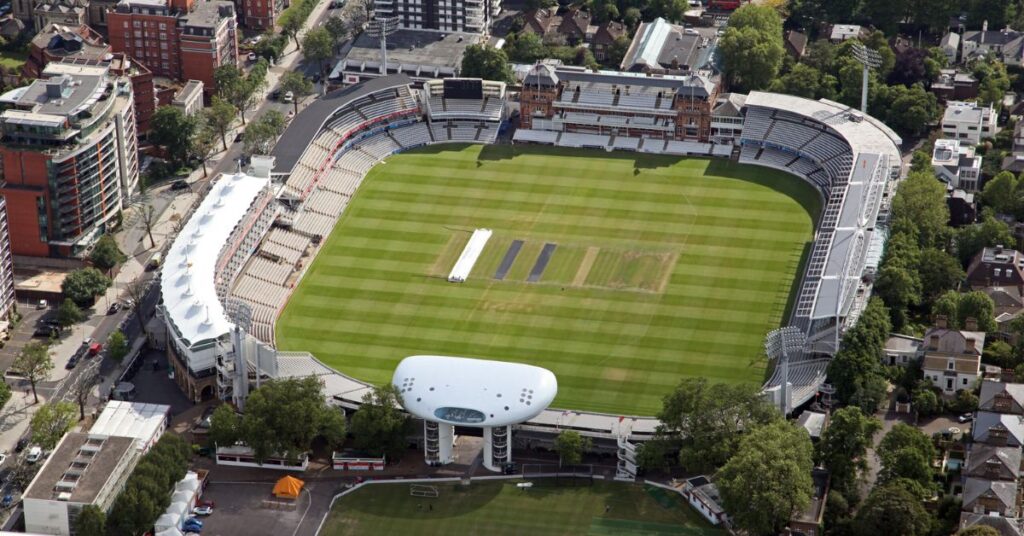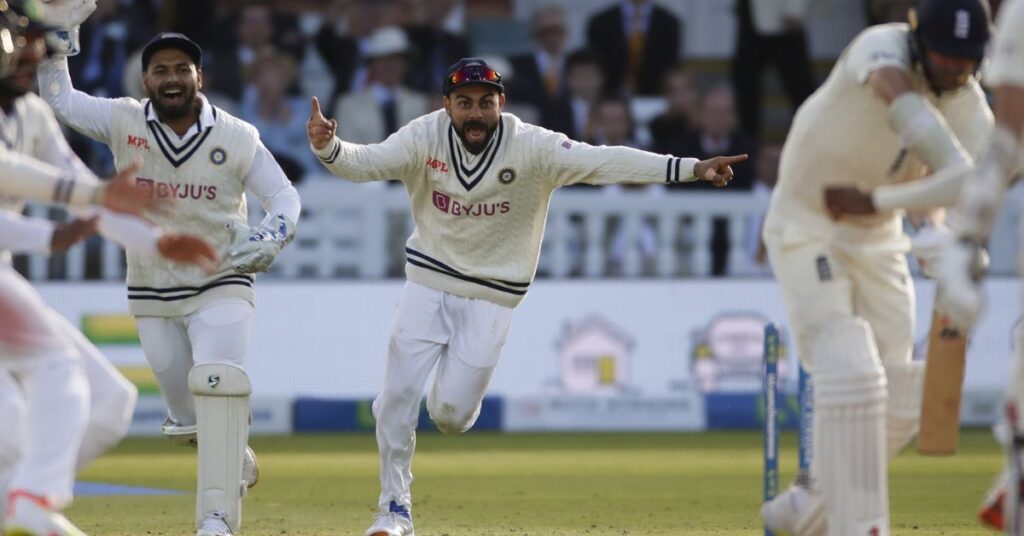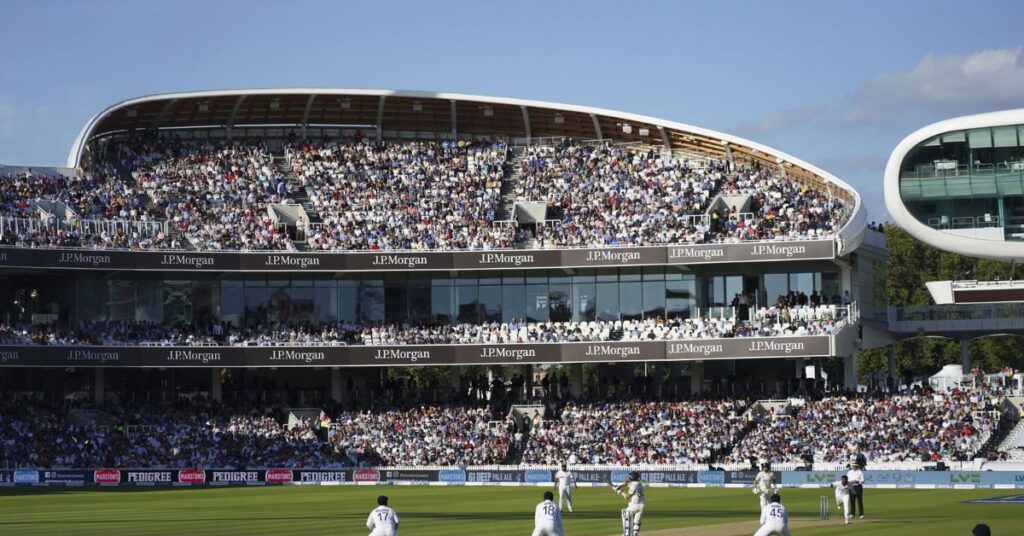Few sporting venues in the world command the reverence that Lord’s Cricket Ground does. Often referred to as the “Home of Cricket,” Lord’s is more than just a stadium—it’s a symbol of the sport’s traditions, evolution, and cultural depth. From its storied past and architectural uniqueness to its innovations and global stature, Lord’s remains unlike any other cricket ground in the world. A Legacy That Dates Back Centuries Founded in 1814 by Thomas Lord, the ground was not originally located at its current site in St John's Wood, London. In fact, it is the third incarnation of Lord’s, the previous two sites being abandoned due to real estate development and infrastructural needs. The present location, established in the early 19th century, has hosted countless iconic matches, turning it into a sacred shrine for cricket lovers around the world. What makes Lord’s exceptional is how history and modernity coexist within its hallowed boundaries. The ground has witnessed the transformation of cricket from a gentlemen’s pastime to a global spectacle. The Pavilion: A Victorian Masterpiece At the heart of Lord’s stands the Lord’s Pavilion, built in 1890 and now a Grade II listed building. With its classic red brick façade, ornate ironwork, and wood-paneled interior, the Pavilion embodies the elegance and traditions of Victorian England. It is the epicenter of ceremonial cricket culture—housing the Long Room, players’ dressing rooms, and the members-only areas. The Long Room is particularly famous. Players must walk through this grand, oak-paneled hall as they head from the …
Why Lord’s Cricket Ground Is Unlike Any Other

Few sporting venues in the world command the reverence that Lord’s Cricket Ground does. Often referred to as the “Home of Cricket,” Lord’s is more than just a stadium—it’s a symbol of the sport’s traditions, evolution, and cultural depth. From its storied past and architectural uniqueness to its innovations and global stature, Lord’s remains unlike any other cricket ground in the world.
A Legacy That Dates Back Centuries
Founded in 1814 by Thomas Lord, the ground was not originally located at its current site in St John’s Wood, London. In fact, it is the third incarnation of Lord’s, the previous two sites being abandoned due to real estate development and infrastructural needs. The present location, established in the early 19th century, has hosted countless iconic matches, turning it into a sacred shrine for cricket lovers around the world.
What makes Lord’s exceptional is how history and modernity coexist within its hallowed boundaries. The ground has witnessed the transformation of cricket from a gentlemen’s pastime to a global spectacle.
The Pavilion: A Victorian Masterpiece
At the heart of Lord’s stands the Lord’s Pavilion, built in 1890 and now a Grade II listed building. With its classic red brick façade, ornate ironwork, and wood-paneled interior, the Pavilion embodies the elegance and traditions of Victorian England. It is the epicenter of ceremonial cricket culture—housing the Long Room, players’ dressing rooms, and the members-only areas.
The Long Room is particularly famous. Players must walk through this grand, oak-paneled hall as they head from the dressing room to the field. It is a passage steeped in tension, history, and sometimes, whispered judgment from members dressed in formal attire.
Architectural Innovation: The Media Centre

On the other side of the tradition stands the Lord’s Media Centre, completed in 1999 and awarded the prestigious Stirling Prize for Architecture. Designed by Future Systems and made entirely of aluminum, it resembles a futuristic spaceship perched above the Compton Stand. Its design was groundbreaking at the time, not just for its appearance but also for being the first all-aluminum, semi-monocoque building in the world.
This juxtaposition—the ornate 19th-century Pavilion and the cutting-edge 21st-century Media Centre—is a visual metaphor for Lord’s itself: rooted in history, yet embracing the future.
The Slope: A Quirk Like No Other
One of the most unusual features of Lord’s is its slope. The playing surface at Lord’s slopes from north-west to south-east, with a drop of about 2.5 meters across the field. This isn’t just a curiosity—it has real implications on the game. Fast bowlers often exploit the gradient to generate swing or seam, while spinners adjust their trajectory depending on which end they bowl from.
No other international cricket ground has such a distinct and strategic topographical element, adding yet another layer of complexity and charm.
The Honours Boards: Where Legends Are Immortalized
Inside the Pavilion are the Honours Boards, which record every century, five-wicket haul, and ten-wicket match haul by a player at Lord’s. Scoring a century or taking a five-wicket haul at Lord’s is not just a stat—it’s a rite of passage, a permanent mark in cricketing lore.
What’s even more telling is how many cricketing greats have not made it to the boards. Sachin Tendulkar, for example, never scored a century at Lord’s, making the feat all the more coveted.
A Venue for All Formats and Eras

Lord’s has hosted it all—from Test matches and One-Day Internationals to World Cup finals and T20 clashes. It was the venue for the first-ever One Day International in England in 1972 and has seen multiple ICC finals, including the unforgettable 2019 Cricket World Cup final between England and New Zealand.
The ability of Lord’s to evolve with the times, without losing its essence, is a testament to its thoughtful management and enduring appeal.
MCC: The Guardian of the Game
The ground is owned by the Marylebone Cricket Club (MCC), an institution founded in 1787. For a long time, MCC was the governing body of cricket worldwide, and even today, it remains the custodian of the Laws of Cricket.
The MCC’s presence at Lord’s adds a layer of intellectual and moral authority to the venue. Its iconic red and yellow “egg and bacon” colors are both revered and feared in the cricketing world.
A Global Pilgrimage Site
To play at Lord’s is to enter the pantheon of cricket, and to watch a match there is to engage in a cultural experience unlike any other. The spectators at Lord’s are knowledgeable, respectful, and steeped in cricket tradition. You’ll see fans in Panama hats sipping Pimm’s, alongside families and tourists from around the globe, creating a unique and timeless atmosphere.
Even non-cricket fans are drawn to its museum, which houses cricketing artifacts including the original Ashes urn, bats used by Don Bradman, and other relics that tell the story of the sport.
Sustainability and the Future
In recent years, Lord’s has focused on sustainability, introducing solar panels, LED lighting, and water recycling systems. Plans for the redevelopment of the Compton and Edrich Stands (completed in 2021) were executed with careful consideration for both modern amenities and architectural cohesion.
Lord’s is not just maintaining its past—it’s actively shaping its future, reinforcing its place as the gold standard in stadium design and experience.
Conclusion: A Ground Beyond Compare
What makes Lord’s unlike any other is not just one factor—it’s the synergy of architecture, history, sport, and culture. It’s where the traditions of 19th-century England meet the innovations of the 21st century. It’s a place where cricket is not just played, but revered.
From its idiosyncratic slope and elite Honours Boards to its iconic Pavilion and forward-thinking Media Centre, Lord’s stands as a living museum and a functioning theatre of sport. It is, in every sense, the cathedral of cricket.


